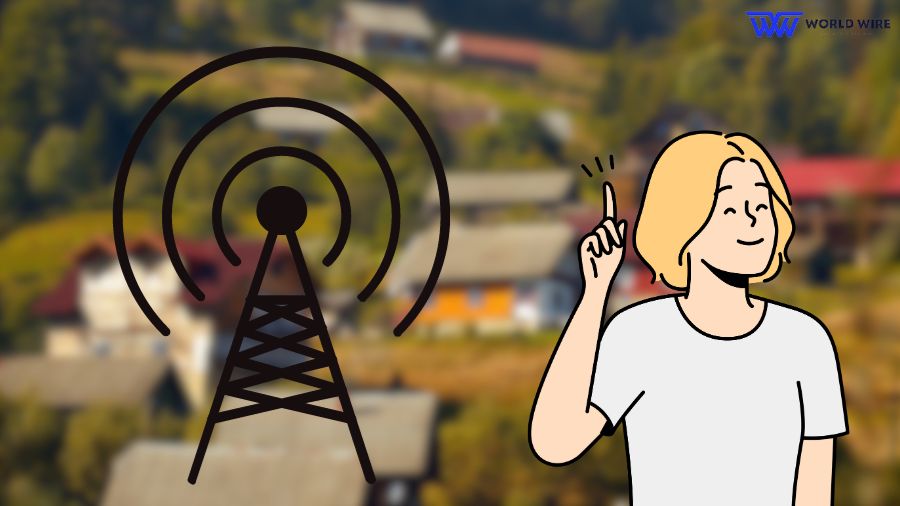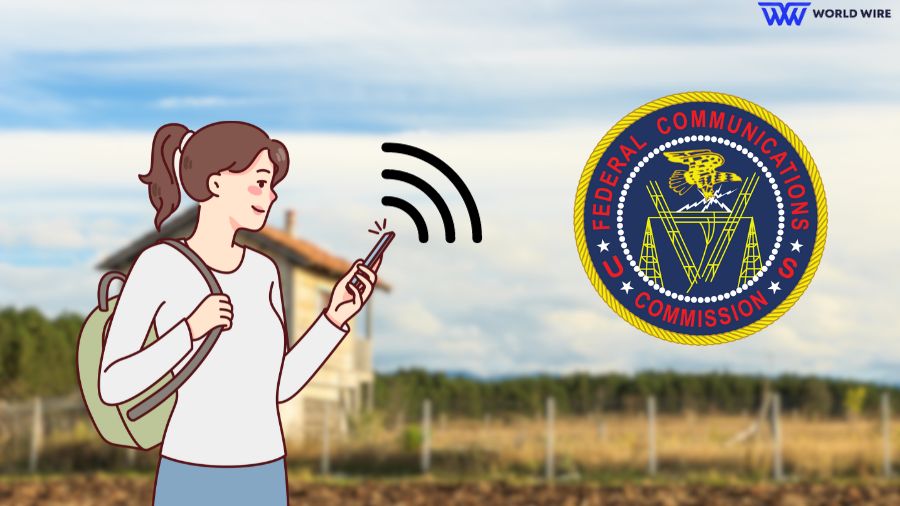A part of the United States FCC Universal Service Fund (USF) program is the enhanced A-CAM program. The alternative Connect America cost model (A-CAM) program was replaced in July by the enhanced ACAM program, called E-ACAM.
FCC Authorized $18B in A-CAM Broadband Funding to 388 Rural Providers
Over 15 years, the FCC has approved roughly $18.3 billion in financing for 388 companies to provide rural broadband using enhanced A-CAM, or E-ACAM.
Based on a cost model, the original A-CAM program funded small incumbent rural broadband providers to upgrade their service areas’ lines to at least 25 Mbps downstream and 3 Mbps upstream.
The E-ACAM program provides additional funding to reflect the higher minimum deployment speed and increases the target speed to 100/20 Mbps. Additionally, it delays the date by which providers must finish deployments.
It made sense to set a higher speed target for E-ACAM given that the $42.5 billion BEAD rural broadband funding program has a speed target of 100 Mbps and that areas without service at 100/20 Mbps are deemed underserved and may qualify for BEAD funding.
In short, a provider that installed 25/3 Mbps service in compliance with program regulations may have qualified for BEAD funding shortly after the 25/3 Mbps deployment was finished under the original A-CAM program.

All rural rate-of-return providers were offered E-ACAM; this included those who had previously chosen to stay on the traditional USF high-cost program, which covered some of a provider’s costs associated with providing service in high-cost areas based on embedded costs, as well as those who had previously taken part in the A-CAM program.
State-by-state, providers were required to accept or reject the offers.
The $18.3 billion in financing will be used to sustain or enhance the current 100/20 Mbps service to over two million sites across 44 states, as well as to install 100/20 Mbps service to over 700,000 locations, as the FCC stated in a press release regarding the E-ACAM authorizations.
Four years are given to providers who accept E-ACAM to finish their deployments.
The FCC authorization report includes an initial list of required sites to which deployment is necessary. The report contains a comprehensive provider list of who accepted E-ACAM offers, along with the amount of each provider’s offer.







Add Comment